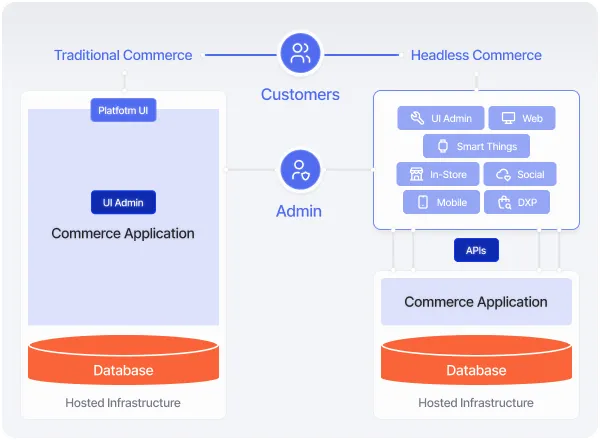Content Management Systems
WordPress
Drupal
Craft CMS
HubSpot CMS
Webflow

Microsoft SharePoint




Customers drop off at checkout, campaigns misfire because data isn’t connected, and platforms collapse under peak demand.
We start with experience and problematics:
- How do your customers discover, evaluate, and buy?
- Where do drop-offs happen in the funnel?
- Which systems fail when you scale campaigns?
From there, we engineer the right architecture - stable, data-driven, and growth-ready.









